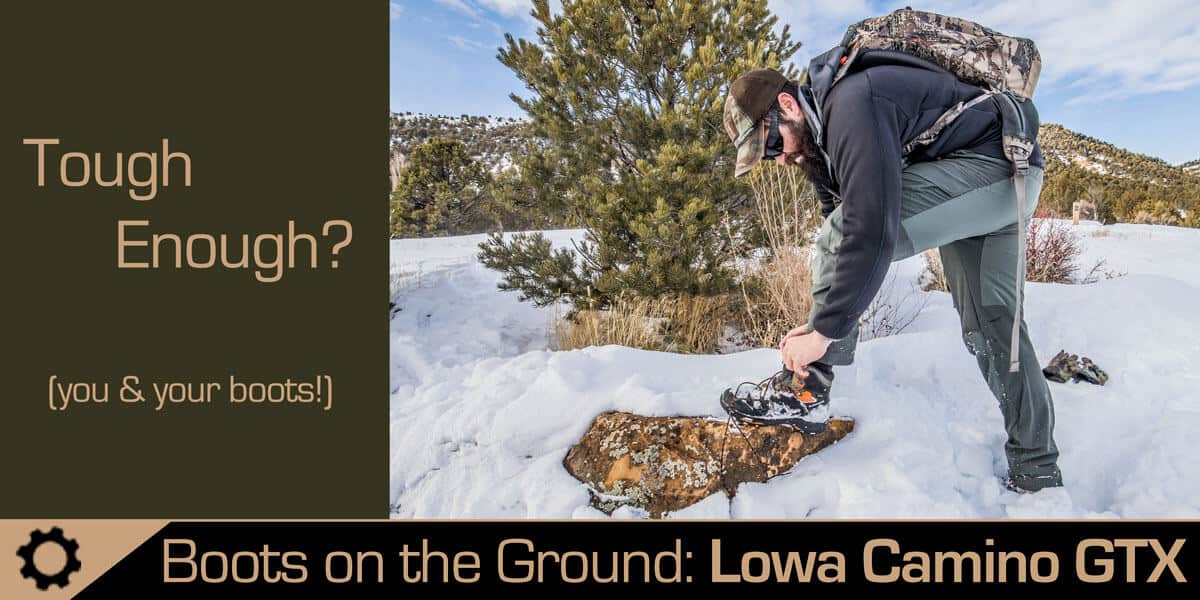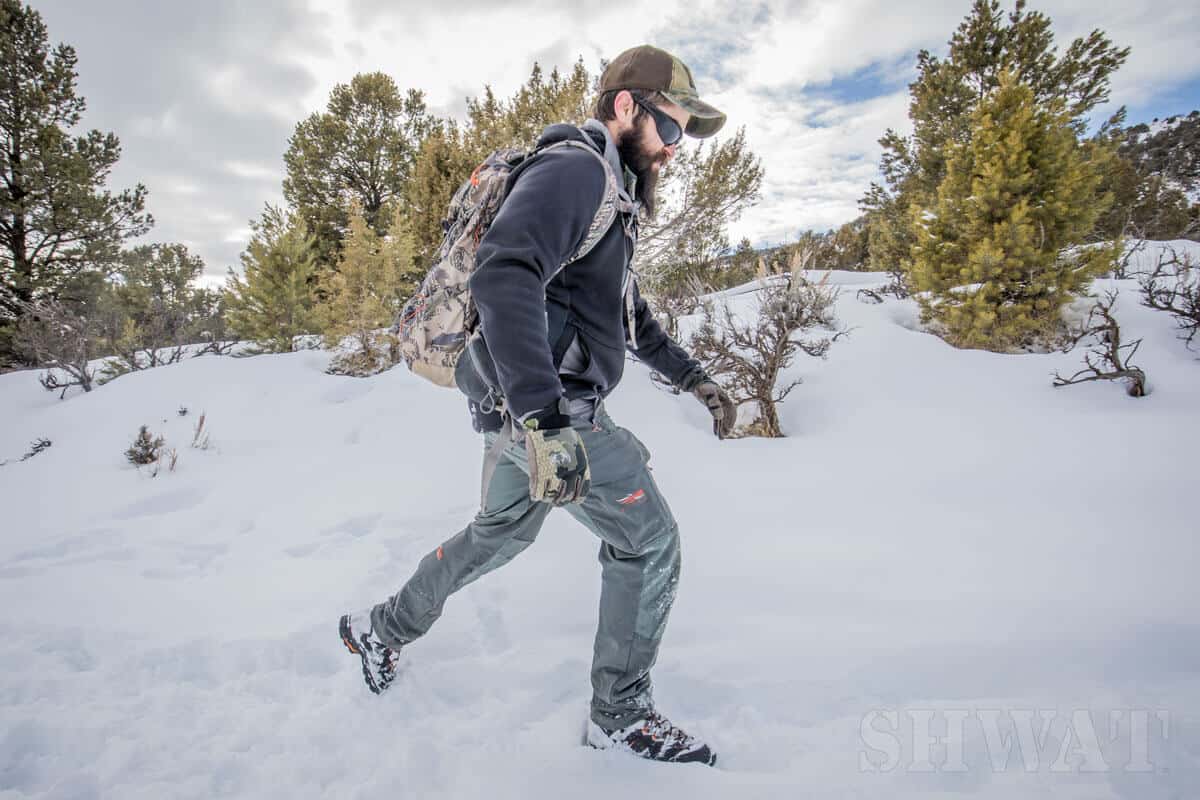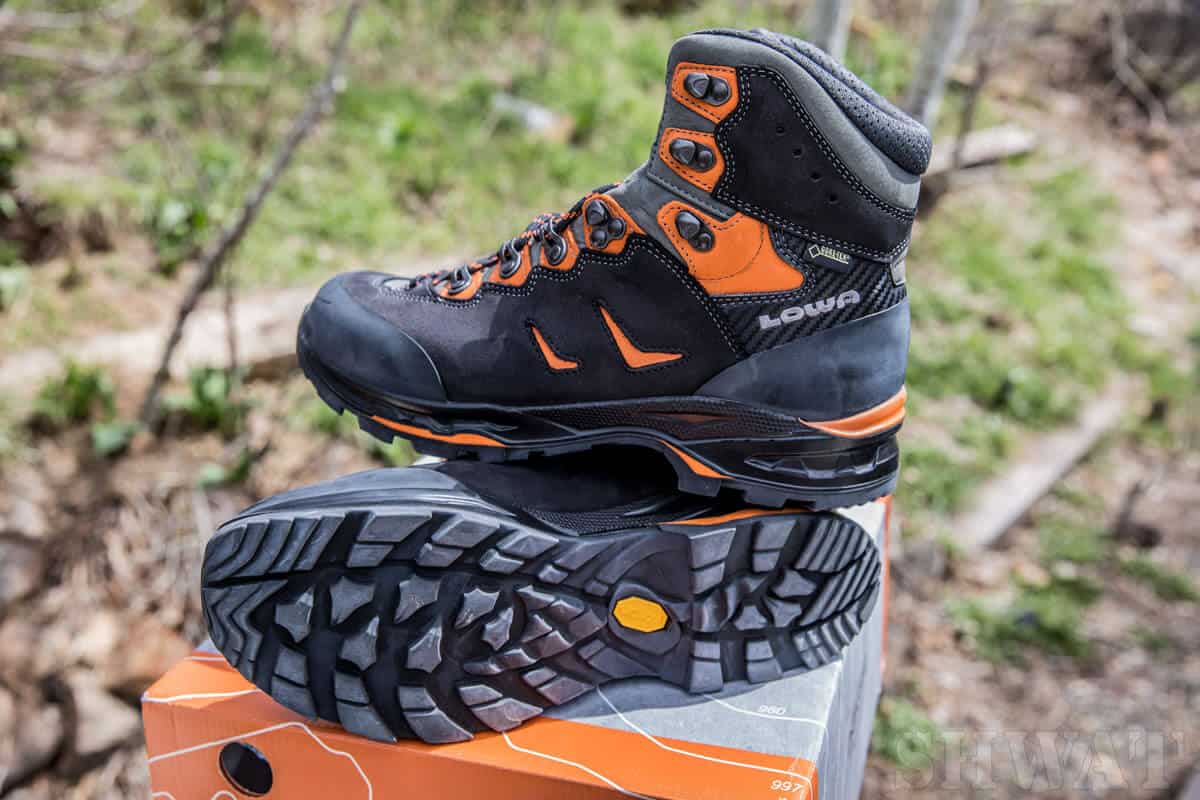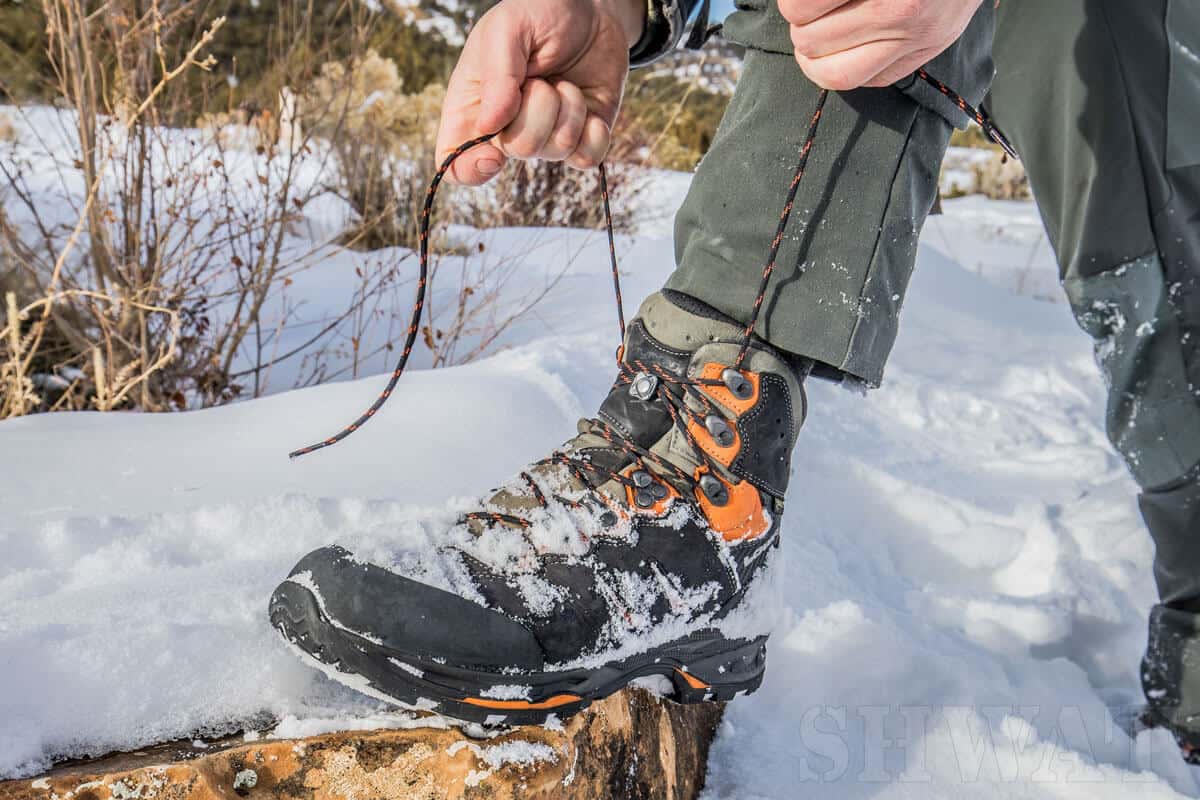 While many wives tend to out-duel their husbands for the most impressive footwear collection, I’ve easily taken home the belt each year for sheer volume of kicks in my closet. Try as she might, my wife hasn’t been able to get me to apply Marie Kondo’s method of tidying up to my shoe collection. The problem is, all those shoes spark so much joy I can’t part with any of them. There’s a shoe for tennis (which I haven’t played in at least five years), flag football (it’s been a decade), and for more formal occasions (I wore them to the high school prom).
While many wives tend to out-duel their husbands for the most impressive footwear collection, I’ve easily taken home the belt each year for sheer volume of kicks in my closet. Try as she might, my wife hasn’t been able to get me to apply Marie Kondo’s method of tidying up to my shoe collection. The problem is, all those shoes spark so much joy I can’t part with any of them. There’s a shoe for tennis (which I haven’t played in at least five years), flag football (it’s been a decade), and for more formal occasions (I wore them to the high school prom).
There is one type of footwear that actually gets used and abused in my collection, however, and that’s the hiking boot. I logged well over 300 miles last year in a variety of hiking boots, from archery elk season in the Colorado wilderness, to the forests of Czech Republic and the alpine peaks of British Columbia. They’ve seen summer’s heat, winter’s frigid snow, and the rain-drenched hills of coastal Washington. I’ve packed elk and mountain goat up and down wickedly steep terrain that is both rocky and knee-deep with snow.
 One of my favorite boots from all that world traveling and backcountry rambling is Lowa’s Camino GTX, a medium weight, medium support trekking boot that’s as rugged as any boot I’ve worn. At 1.71 pounds per boot, the Camino GTX strikes a solid balance between support and weight, giving you plenty of comfort on flat trails and ample ankle support when climbing steep terrain. With no insulation, the Camino GTX really is a three-season boot, light enough to get you through early Western hunting seasons and mid-fall. Because it is fully waterproof with a Gore-Tex liner, I also wear it in the winter with a medium weight wool sock and stay comfortable as long as I keep moving. After a year’s use, I’ve had no leaking or moisture in my boots. For wintry or wet adventures, the Camino GTX pairs nicely with a pair of gaiters to keep your pants dry and snow from sneaking in the tops of your boots.
One of my favorite boots from all that world traveling and backcountry rambling is Lowa’s Camino GTX, a medium weight, medium support trekking boot that’s as rugged as any boot I’ve worn. At 1.71 pounds per boot, the Camino GTX strikes a solid balance between support and weight, giving you plenty of comfort on flat trails and ample ankle support when climbing steep terrain. With no insulation, the Camino GTX really is a three-season boot, light enough to get you through early Western hunting seasons and mid-fall. Because it is fully waterproof with a Gore-Tex liner, I also wear it in the winter with a medium weight wool sock and stay comfortable as long as I keep moving. After a year’s use, I’ve had no leaking or moisture in my boots. For wintry or wet adventures, the Camino GTX pairs nicely with a pair of gaiters to keep your pants dry and snow from sneaking in the tops of your boots.
 In terms of support, the Camino GTX features a medium stiffness Vibram Apptrail sole that is ideal for moderate incline and flat trails, which fits the designation of a trekking boot. The DuraPU midsole featuring Lowa’s SPS System makes for a comfy ride on high-mileage trail excursions. Because the sole is more flexible, it keeps my feet more comfortable on long hikes but the tradeoff is less rigidity, and therefore less stability, when ascending and descending vertical terrain. The Lowa Flex X-lacing system does help in aggressive country, since it allows you to lock your ankle firmly in place. Heavy duty eyelets can take as much abuse as you can dish out, and in over a decade of wearing different Lowa boots I’ve never seen a failure.
In terms of support, the Camino GTX features a medium stiffness Vibram Apptrail sole that is ideal for moderate incline and flat trails, which fits the designation of a trekking boot. The DuraPU midsole featuring Lowa’s SPS System makes for a comfy ride on high-mileage trail excursions. Because the sole is more flexible, it keeps my feet more comfortable on long hikes but the tradeoff is less rigidity, and therefore less stability, when ascending and descending vertical terrain. The Lowa Flex X-lacing system does help in aggressive country, since it allows you to lock your ankle firmly in place. Heavy duty eyelets can take as much abuse as you can dish out, and in over a decade of wearing different Lowa boots I’ve never seen a failure.
To save on weight, Lowa went with rubber toe and heel protection but not a full rubber rand. After a year of absolute abuse, my boots have nothing more than scuff marks on the toe and the rubber is still in stellar shape. Any leather boot is going to be relatively heavy but provide extra durability and stability, and that’s basically what you get with the Camino. It’s not the lightest boot in my repertoire (I have several pairs that barely break 1.2 pounds per boot), but it’s also not the heaviest (Lowa’s Tibet GTX weighs 2 pounds per boot). The Camino GTX hits the sweet spot for comfort, weight, and durability.
 In terms of boot care, the Camino is pretty easy to maintain. Nubuck leather, which lands somewhere in between full-grain and suede, is fairly rugged but still requires care. Lowa recommends regularly washing off dirt and debris with warm water and a brush, which opens the pores of the leather. The company also recommends using a wax cream rather than oil, which clogs the pores of the leather and makes it softer and less durable. After the wax cream has dried, apply waterproofing agent. I wish I could say I did any of that, but my Camino’s received nothing but a beating and haven’t been the worse for wear.
In terms of boot care, the Camino is pretty easy to maintain. Nubuck leather, which lands somewhere in between full-grain and suede, is fairly rugged but still requires care. Lowa recommends regularly washing off dirt and debris with warm water and a brush, which opens the pores of the leather. The company also recommends using a wax cream rather than oil, which clogs the pores of the leather and makes it softer and less durable. After the wax cream has dried, apply waterproofing agent. I wish I could say I did any of that, but my Camino’s received nothing but a beating and haven’t been the worse for wear.
From Sea to Summit: Recommended Uses
The Camino GTX is an extremely versatile boot that easily covers three seasons and a wide range of geography. With a semi-rigid sole and high ankle support, it laces down securely and is capable in rocky, mountainous country with heavy loads on your back. I hauled out two hind quarters of an early rifle season elk this year with the boots, both on and off trail, and was comfortable the entire day. With gear and meat, I had roughly 100 pounds on my back, a trekking pole in each arm and never felt unstable underfoot. This is exactly the scenario in which the DuraPU midsole and lush Vibram soles come in handy, protecting your feet as you increase weight and they take a beating. I also found the tread on the soles were capable of conquering varying terrain, from mud and snow to rocks and steep slopes. The toe is narrow and aggressive in tread enough to pick your way up slopes with relative ease.
 The Camino GTX is great for Western hunting in pretty serious terrain, and especially good in the early season. It’s a great recreational hiker and perfect for backpacking enthusiasts who are addicted to mileage. That said, it wouldn’t be my first choice in places like Idaho’s Frank Church Wilderness, where you spend all day climbing up or down, are always off trail, and flat, groomed paths simply don’t exist. In that case, I’d go with a boot that had more ankle support, more supportive heel lockdown, a full rubber rand, and a stiffer sole for steep country—something like Lowa’s Bighorn Hunter or Tibet (insulated). I’d have the same recommendation for mountain goat or alpine hunting, which requires a much stiffer boot than the Camino provides and most especially, insulation.
The Camino GTX is great for Western hunting in pretty serious terrain, and especially good in the early season. It’s a great recreational hiker and perfect for backpacking enthusiasts who are addicted to mileage. That said, it wouldn’t be my first choice in places like Idaho’s Frank Church Wilderness, where you spend all day climbing up or down, are always off trail, and flat, groomed paths simply don’t exist. In that case, I’d go with a boot that had more ankle support, more supportive heel lockdown, a full rubber rand, and a stiffer sole for steep country—something like Lowa’s Bighorn Hunter or Tibet (insulated). I’d have the same recommendation for mountain goat or alpine hunting, which requires a much stiffer boot than the Camino provides and most especially, insulation.
Parting Shots
The Camino GTX is among the best boots I’ve worn, and certainly one of the most durable. At $300, it’s incredibly competitive in price, especially considering quality of build. It’s a relatively light boot from a legendary German manufacturer that makes high-mileage hiking rather enjoyable. Most backpacking or hunting enthusiasts will find that it’s easily a multi-year boot capable of eating up hundreds of miles in otherwise unforgiving country. There is some break in time to reach maximum comfort, which for me was about 6-10 miles. A word to the wise, invest in a quality pair of insoles, which make any boot much more comfortable and spare your feet from unnecessary fatigue. When testing Lowa’s Camino GTX, I used SuperFeet’s Guide series insole, which I’ve been abusing and enjoying for two straight seasons now.
Lowa Camino GTX
Upper Material: Nubuck Leather
Upper Protection: Rubber toe and heel protection
Waterproof: yes/Gore-Tex
Lacing: Lowa Flex, X-Lacing
Insole: Climate Control Footbed
Midsole: DuraPU with SPS System
Sole: Vibram Apptrail
Weight: 3.41 pounds (pair)
MSRP: $300
Manufacturer: Lowa; LowaBoots.com


$325 for wide. Ouch. Doesn’t anyone make $125 quality hiking boots, in wide width?
Not being a comprehensive boot store, we can only say maybe. But $125 for a ‘quality’ hiking boot might be a bit low. Granted $325 isn’t pocket change for most of us, but these aren’t entry level mass market boots.
I understand, I have been looking to upgrade my outdoor wardrobe for this year. It seems every part but socks is over $200. Pants, Shirt, jacket, base layer, boots… and I am trying to upgrade thermal too. Hopefully the Pulsar Trail XP50 will drop $1,000 in price with the new models out. Then I could maybe possibly get 1 set of clothes.